|
While Dr.Henry Coit and Stephen Francisco were busy perfecting “Certified Milk” at Fairfield Dairy, another famous Doctor and Engineer were busy perfecting “pure and wholesome” drinking water for Jersey City. All four were battling germs, disease, and bacteria with only six miles separating their independent efforts. No need to rehash the awful waterborne disease conditions that plagued N.J. at the turn of the last century. Newark started piping water from the Pequannock River Watershed and Jersey City followed by piping water from the Rockaway River Watershed. The latter contracted construction of the Boonton Reservoir and 23 mile pipeline to a third party because the City was already above its debt limit. The Jersey City Water Supply Company (JCWSC) was organized by the successful bidder Patrick H. Flynn within two months ( May 4, 1899 ). The Rockaway River was more polluted than the Pequannock River with sewage, runoff, and contamination from Dover, Rockaway, and Boonton itself. In the contract with Jersey City, the JCWSC was required remove sources of pollution, secure water and land rights, and most importantly deliver water that was ‘pure and wholesome’. Essentially, if you eliminate sources of contamination the natural purification of a large reservoir should provide acceptable purity. However the contamination was twofold, sewage (avoidable and costly ) and runoff virtually unavoidable). In May 1904 the water began flowing to Jersey City but the upriver contamination was only partially eliminated. Data indicated that on a few occasions per year heavy rains could push river flow directly east to the reservoir outtake, causing unacceptable bacterial counts. ( Figure 1 ). With a century of hindsight, this was a design error but it was only three times a year for a day or two. No big deal, right ? Figure 1. During infrequent very heavy rains the Rockaway River water flowed easterly to the outtake. Natural reservoir ‘purification’ was circumvented and high bacterial counts recorded. Wrong. This became a big deal when Jersey City exercised its right to buy back the JCWSC for $ 7.6 million dollars per the 1899 contract ( $ 212 million in 2018 dollars ). The City was playing ‘hardball’ and documented a vast sewage removal initiative with a price tag of about $ 700,000 (Note: This roughly 10% would be deducted from the previously agreed upon price, and could have been a price reduction strategy with no real obligation or commitment to implement the plan after the sale was finalized ). FHS Reader: Please be patient, the best part is still ahead...........PP One of the company’s employees, Dr. John L. Leal, was a physician, public health professional and water quality expert. Leal’s initial job with the JCWSC was to remove sources of contamination in the Rockaway River watershed above the reservoir. As litigation began with the City, Dr. Leal’s role grew dramatically. Dr John L. Leal Dr. Leal’s impeccable credentials as a Paterson Physician, former Health Officer in Paterson, and prominent member of several Water Works and Public Health Associations would prove invaluable. But none of these would compare to his bold risk taking ‘experiment’ with 200,000 human ‘guinea pigs’ at the other end of the pipeline. The first phase of the litigation was not going well for the JCWSC. The Judge ( Frederic W. Stevens ) ruled that they contracted to provide ‘pure and wholesome’ water at all times. JCWSC was thereby obligated to fund upriver sewage projects at the great expense already mentioned. But Dr. Leal was already heavily involved with small scale chlorination studies and reliable supporting data. To his credit, and without ‘tipping his cards’, he requested that the Judge insert a clause into the final decree that allowed an ‘other plans or devices’ option if provided (and proven to a appointed Special Master – William J. Magie ). It was amazing the Judge inserted the clause, but he then stipulated: “within 90 days”! What gets done in 90 days? But unknown to practically everyone at the time, Dr.Leal and the JCWSC were already planning a full scale chlorination plant at the reservoir site. Dr Leal immediately mapped out this strategy with the JCWSC Attorney William H. Corbin : Construct a Plant, find an Engineer who could develop equipment to mix and meter poisonous ‘chloride of lime’ into 40 million gallons of daily water flow ( never done before in the World ), line up other top experts who needed to validate chlorination theories and identify ideal parts per million, also line up wastewater experts who would claim that runoff would still pollute the reservoir even if the $ 700 K was spent on sanitary sewage upriver. A very ‘tall order’ even if you had 90 weeks never mind only 90 days. Developing prototype equipment was the biggest obstacle. Dr. Leal knew George W. Fuller as an accomplished NYC based Engineer who had already designed similar equipment at a Little Falls N.J. filtration works. How Dr. Leal convinced George Fuller to partner with him is lost in history. But I’m guessing the challenge of being first in the worthy endeavor of eradicating disease was highly motivating. The entire project implementation eventually totaled about $22,000 - so it wasn’t for the money. People, especially vulnerable children, were dying. George W. Fuller Dr. Leal attended a national conference two weeks later and familiarized several prestigious Colleagues with his plan and confidently asked them to perform the necessary studies and experiments. Dr. Leal was sure the City would also line up their own experts to refute the pro-JCWSC testimony. In the face of possible disapproval of many worldwide peers and likely condemnation by a largely ‘chemophobic’ public, he courageously moved forward with George Fuller at his side. Phase two of the litigation began with Special Master Magie presiding over 40 days of expert testimony spread out over more than a years time. At one point during the questioning Dr. Leal indicated that the chlorination process was already initiated four months earlier, and bacterial counts were nearly eliminated ! What a shocking revelation. In 1908, There were no laws, Board of Health regulations, or contract language that prevented chemical treatment of the public water supply. How brazen of him to not even advise the City ? But Dr. Leal explained that this was sound science and not experimentation. The proof was undeniable. Most importantly, the actual results probably swayed Special Master Magie who ruled: “I do therefore find and report that this device is capable of rendering the water delivered to Jersey City, pure and wholesome, for the purposes for which it is intended, and is effective in removing from the water those dangerous germs which were deemed by the decree to possibly exist therein at certain times.” Nearly a total victory for Dr. Leal and George Fuller. Only four years later, 53 percent of all people served by U.S. public water supply systems were consuming chlorinated water. I started this essay with the intention of writing a Fairfield-centric piece about the JC Pipeline. Roscoe DeBaun covered his Family’s involvement ( see below ) in his wonderful “Green Book” as Mary Ann Romano DeMaio calls it :- ) :- ) :- ) A few years ago I found an article on the digging of the Hook Mountain Tunnel for the Pipeline. Very interesting and it details the drilling, blasting, muck removal, miner habits, etc. Maybe not for Everyone, but I found the 1900 era technology fascinating. Especially considering they were tunneling from both sides simultaneously. It reminded me of ‘dead reckoning’ at sea. Hook Mountain Tunnel From Roscoe W. DeBaun’s “Country Life in Fairfield, New Jersey 1887-1909” If you still have an unquenchable thirst for more Jersey City Pipeline and Chlorination knowledge :- ) :- ), you could borrow ( inter-Library ) Michael J. McGuire’s “The Chlorine Revolution: Water Disinfection and the Fight to Save Lives” 2013 ( Morris County Library 628.1662 McG ). Great read, 350 pages of Action packed Adventure :- ) :- ) Under full City control In the 1920’s a second six foot pipeline was laid next to the original. To their credit, they also addressed some upriver sewage issues by constructing a wastewater plant in 1928. Of course, the plant’s effluent was disinfected with ‘state of the art’ chlorine. Dedicated to that gutsy visionary from Paterson: Dr. John Laing Leal ( 1858-1914 ) ..............Paul Pollio December 7, 2018
0 Comments
Leave a Reply. |
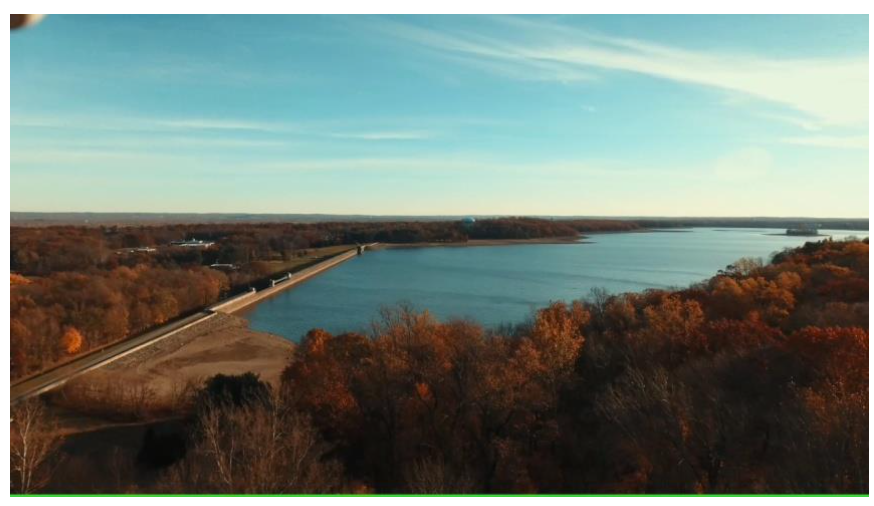
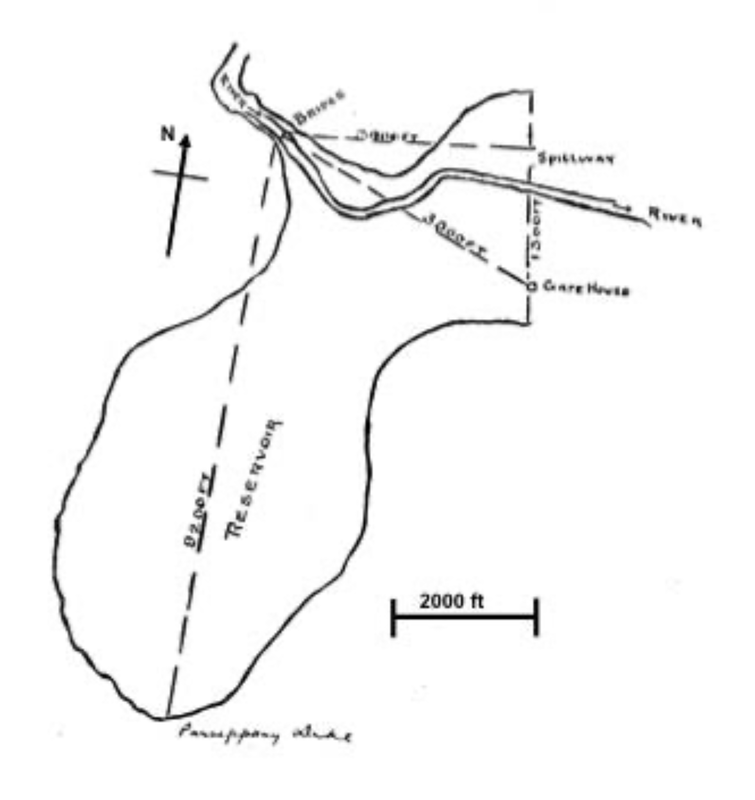
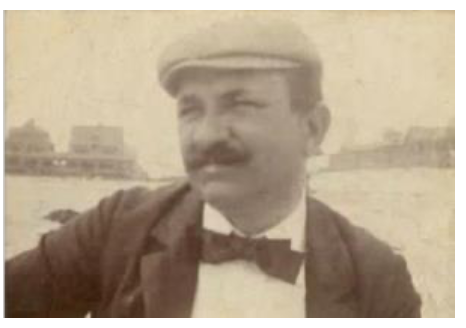
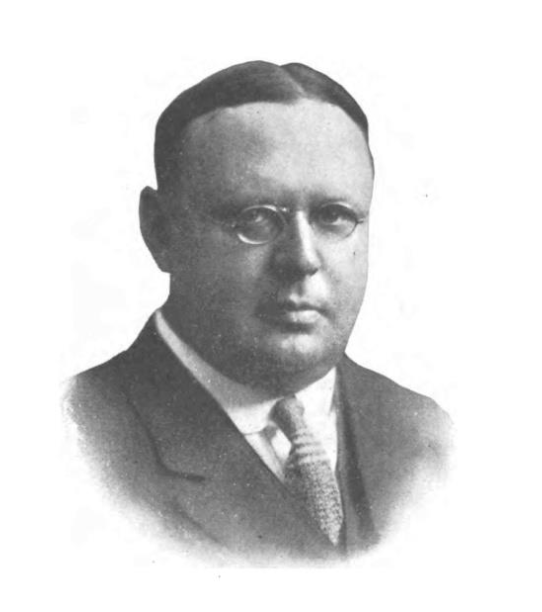
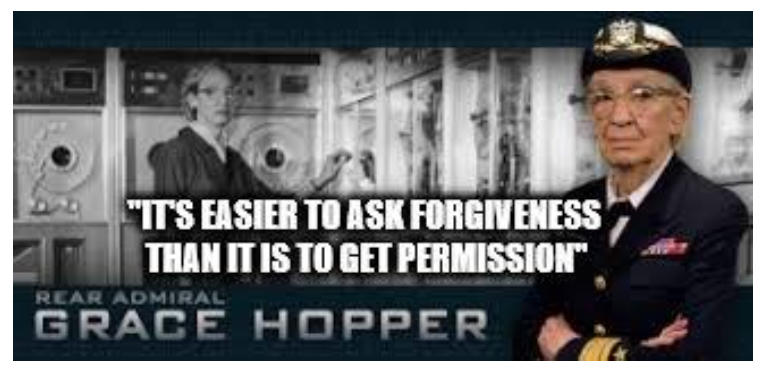
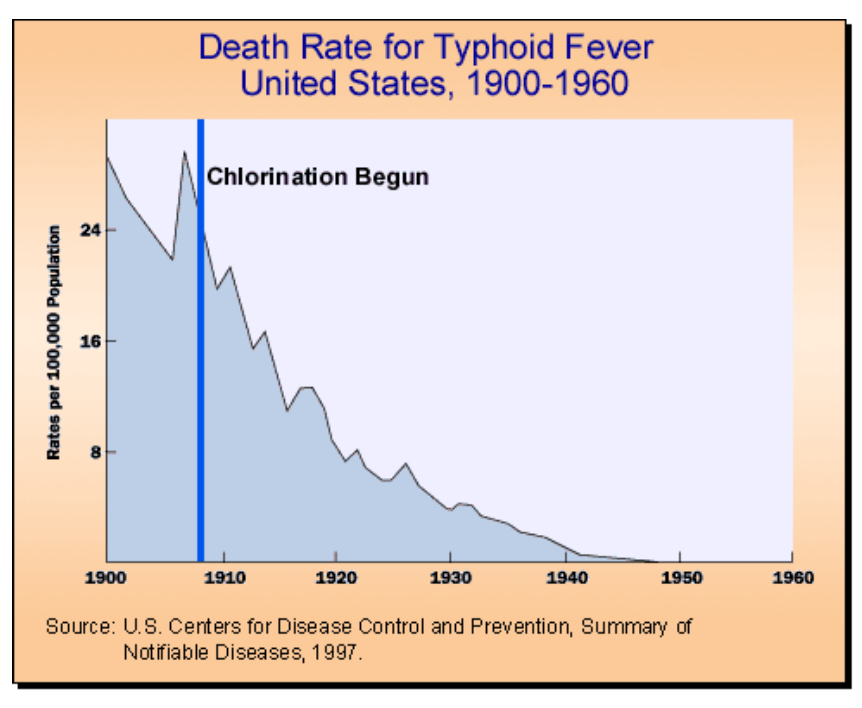
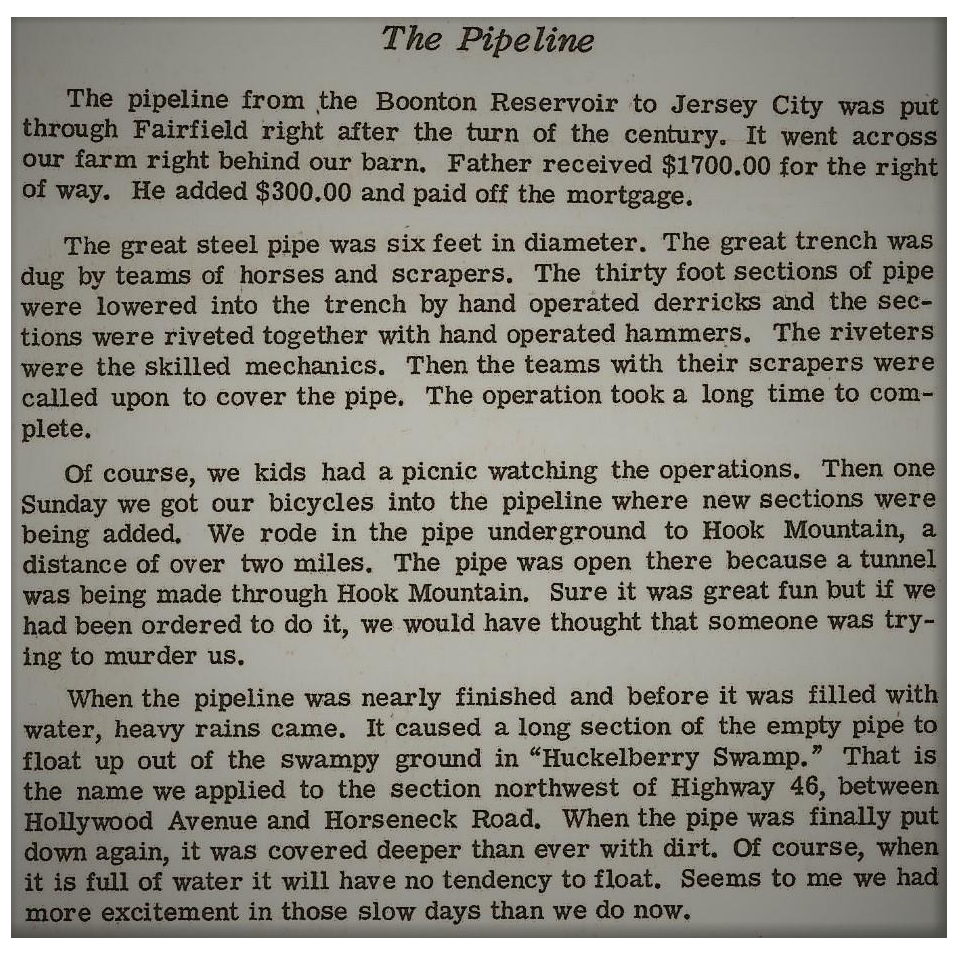
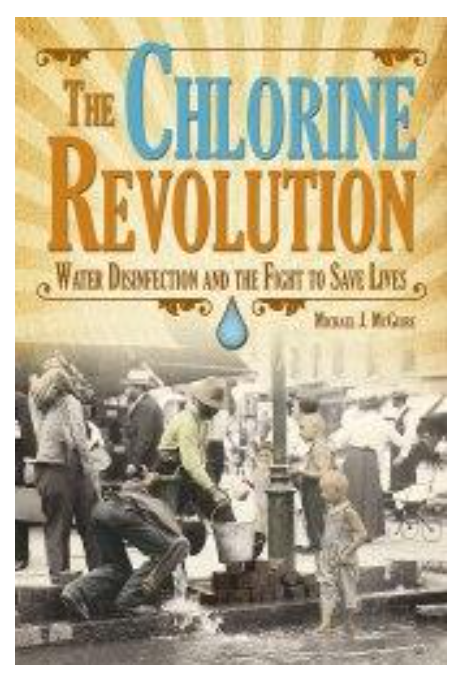
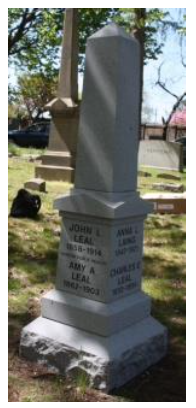
 RSS Feed
RSS Feed